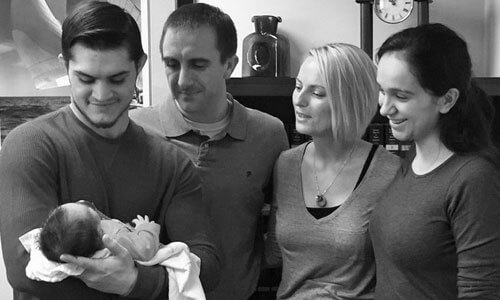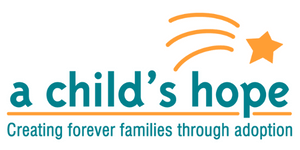
Q: How Much Does Adopting Cost?
A: It Depends
There are three types of adoption – domestic newborn, domestic foster, and international adoption. Each adoption type has a different average cost. Domestic newborn adoption, when a child is adopted directly at birth, without entering foster care, costs an average of $38,063. Domestic foster adoption costs significantly less, averaging $2,811. International adoption averages $42,281 (source: Adoptive Families).
Adoptive Families provides a graphic that breaks down the costs of newborn adoptions via adoption agency, as seen below.
U.S. Newborn (Agency) – Average Cost Breakdown
| Home study fee | $2,345 |
| Document preparation & authentication | $802 |
| Adoption agency application & program fees | $16,920 |
| Adoption consultant fees | $2,853 |
| Attorney fees | $4,129 |
| Advertising/networking | $2,271 |
| Birth family counseling | $783 |
| Birth mother expenses | $4,353 |
| Foster care | $325 |
| Travel expenses | $1,940 |
| Post-placement expenses | $1,911 |
| All other expenses | $2,900 |
| AVERAGE TOTAL* | $41,532 |
The next graphic breaks down the costs newborn adoption through an attorney.
U.S. Newborn (Attorney) – Average Cost Breakdown
| Home study fee | $1,732 |
| Document preparation & authentication | $929 |
| Adoption agency application & program fees | $5,780 |
| Adoption consultant fees | $1,014 |
| Attorney fees | $13,342 |
| Advertising/networking | $1,616 |
| Birth family counseling | $621 |
| Birth mother expenses | $4,748 |
| Foster care | $105 |
| Travel expenses | $2,758 |
| Post-placement expenses | $781 |
| All other expenses | $1,168 |
| AVERAGE TOTAL* | $34,594 |
As can be seen, the average cost through an attorney is much lower than going through an adoption agency.
—
Q: How Long Will My Family Have To Wait To Adopt?
A: Usually A Range Between 12-24 Months
Though, fortunately for families and children alike, most adoptions take place within the first year. Only approximately 14.5% of adoptive families have to wait longer than two years for adoption.
63% of Agency adoptions take place within 2 years, while 68% of attorney sponsored adoptions took place within a 2-year window.
Q: What is A Child’s Hope?
A: A Child’s Hope Is . . .
. . . An adoption agency operated by a former defense attorney who is, herself, an adoptive parent. A Child’s Hope was founded with the intent of helping adoptive families save time and money throughout the adoption process, bringing families together with less stress and less financial strain.
A Child’s Hope focuses on helping North Carolina families adopt within the state. This helps limit fees and travel time and helps avoid complications between state governments.
Q: What Do A Child’s Hope’s Numbers Look Like?
A: 13 Families Helped in 2015, 12 of those 13 placed within 12 months.
The average cost of adoption paid by the 13 families aided in 2015 is $35,000. This falls right on the line of the national average of attorney sponsored adoptions. With lower travel expenses and proximity allowing families to have a better understanding of the needs of the birth mother, there is much less stress or guesswork involved in the services provided by A Child’s Hope.
Since 2000, 316 families have already grown, thanks to A Child’s Hope. If you or your family is considering adopting, or if you just have questions about the adoption process, please feel free to contact A Child’s Hope here on our website/contact page or by phone at (877) 890-4673.




 The second trimester of pregnancy often feels like the best. You may no longer get morning sickness, and you may now enjoy a hearty appetite along with a resurgence of energy. You also are starting to see visible changes in your body as the baby grows, but you don’t yet have some of the late stage discomforts.
The second trimester of pregnancy often feels like the best. You may no longer get morning sickness, and you may now enjoy a hearty appetite along with a resurgence of energy. You also are starting to see visible changes in your body as the baby grows, but you don’t yet have some of the late stage discomforts.

